Main Breaker vs. Main Lug: What's the Real Difference?
Main Breaker Panels:
Contain a main disconnect
Typically used as the service entrance or main panel
Power can be shut down using the built-in breaker
Referenced in NEC 230.70 (main disconnect rule)
Slightly higher installation cost
Main Lug Panels:
Do not contain a main disconnect
Typically used as subpanels or downstream feeders
Require an upstream disconnect to shut off power
Covered under NEC 408.36(B) and NEC 225.33
Typically lower installation cost
NEC Code Considerations
The National Electrical Code (NEC) outlines clear requirements for both types of panels, especially when it comes to the service disconnect location and the number of disconnects allowed.
1. Main Disconnect Required – NEC 230.70(A)(1)
“The service disconnecting means shall be installed at a readily accessible location either outside of a building or structure or inside nearest the point of entrance of the service conductors.”
For service entrance panels, a main breaker or external disconnect is mandatory. A main lug panel alone cannot be used as the service disconnect unless a separate means of disconnect is provided.
2. Multiple Disconnects – NEC 230.71(B)
This code permits up to six disconnecting means for one service. If more than one is used, each must be grouped.
This rule sometimes justifies using a main lug panel with up to six main breakers installed in series, often called a “six-handle rule” configuration—though this practice is becoming less common in favor of main breakers.
3. Subpanel Applications – NEC 408.36(B)
“Panelboards supplied by a feeder and not service conductors shall be protected by an overcurrent device located on the supply side of the panelboard.”
Translation: main lug panels used as subpanels must be protected by an upstream breaker or disconnect—typically located in the main panel.
When to Use Each Panel Type
Use a Main Breaker Panel when:
It’s the first panel receiving service entrance conductors
You want the ability to shut off all power from a single location
You’re installing a residential service panel
Use a Main Lug Panel when:
The panel is a subpanel downstream from a main panel
You’re feeding multiple panels from a single service disconnect
You want to save space or reduce cost in secondary locations
Real-World Example
A commercial office building has:
A 400A main service panel (main breaker panel) near the utility meter
Two 200A main lug panels—one on each floor, fed from the main panel
Each main lug panel is protected by a 200A breaker located in the main panel, meeting NEC 408.36(B)
Conclusion
Choosing between a main breaker and a main lug panel isn’t just about personal preference—it’s about code compliance, system layout, and application. Main breaker panels are ideal for service entrance points and standalone installations, while main lug panels are more efficient and cost-effective for subpanels. As always, aligning your design with the NEC ensures safe, functional, and inspection-ready electrical systems.
References
NEC 2023:
Article 230 – Services
Article 408 – Switchboards and Panelboards
Article 225 – Outside Branch Circuits and Feeders
UL 67 – Standard for Panelboards
NFPA 70B – Recommended Practice for Electrical Equipment Maintenance
IEEE 241 (Gray Book) – Electric Power Systems in Commercial Buildings
Disclaimer:
The information, tools, and resources provided on this website are for general informational purposes only. While Empower Engineering strives to ensure accuracy and relevance, no guarantee is made regarding the completeness or applicability of the content to specific projects. Users are responsible for verifying all calculations, code interpretations, and design decisions with licensed professionals and local authorities. Empower Engineering assumes no liability for any loss, damage, or code violation resulting from the use of this website’s content.
Empower Engineering | July 15, 2025
11513 W Fairview Ave Ste 101
Boise, ID 83713
admin@empowerengineering.com
208-870-4379


